(Page créée avec « Using physics, we are planning to make an automatic pump. The principle is simple: a canister with a hole in the bottom empties water into a basin. A pipe runs up from thi... ») |
|||
| Ligne 14 : | Ligne 14 : | ||
}} | }} | ||
{{Introduction | {{Introduction | ||
| − | |Introduction= | + | |Introduction=Using physics, we are planning to make an automatic pump. The principle is simple: a canister with a hole in the bottom empties water into a basin. A pipe runs up from this basin to the top of the canister. The rest of the canister is hermetically sealed. The vacuum created by the waterfall allows the water to be pumped back into the drum. The aim is to create a cycle that lasts forever. |
}} | }} | ||
{{Materials | {{Materials | ||
Version du 17 août 2024 à 13:18
Introduction
Matériaux
Canister
Bicycle wheel
Steal spoon
Wood
Breeze block
Pipe
Outils
Column drill
Screwdriver
Hand Screwdriver
Étape 1 - Making the wheel and its base
For this step, we started by taking a bicycle wheel and removing the tyre from it. The spokes are screwed to the wheel and we had the option of unscrewing them to insert metal spoons that we had previously drilled with a drill press, and then screwing them back in. We bent them so that we didn't have to cut off their tails.
For the base, we took a plank of wood, cut it and screwed it together as shown in the photo.
Étape 2 - Making the canister base
We started by taking a pallet and boning it with a crowbar. We then made a triangular base. Then we used breeze blocks to make the height.
Étape 3 - Canister modification
Nous avons récupéré un bidon que nous avons soigneusement nettoyé. Nous avons commencé par mettre une vanne sur le trou préexistant qui était en haut du bidon. Ensuite, nous avons percé un autre trou sur le bas de celui-ci pour y insérer un passe-trou. Afin de le visser des deux côtés, nous avons du meuler une partie du socle bas du bidon.
Étape 4 - Mise en commun des éléments
Pour la dernière étape, nous avons utilisé une piscine gonflable pour faire office de bassine. Nous avons vissé les tuyaux au bidon, installé les parpaings, le bidon, et la roue. La piscine n'est pas du tout adaptée, un deuxième bidon coupé sur la hauteur serait plus adapté !
Draft
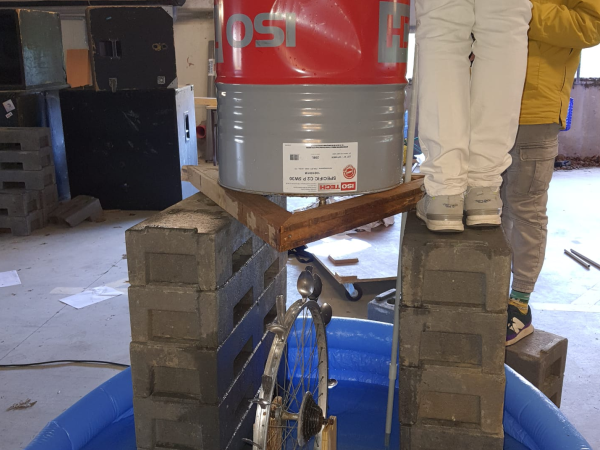
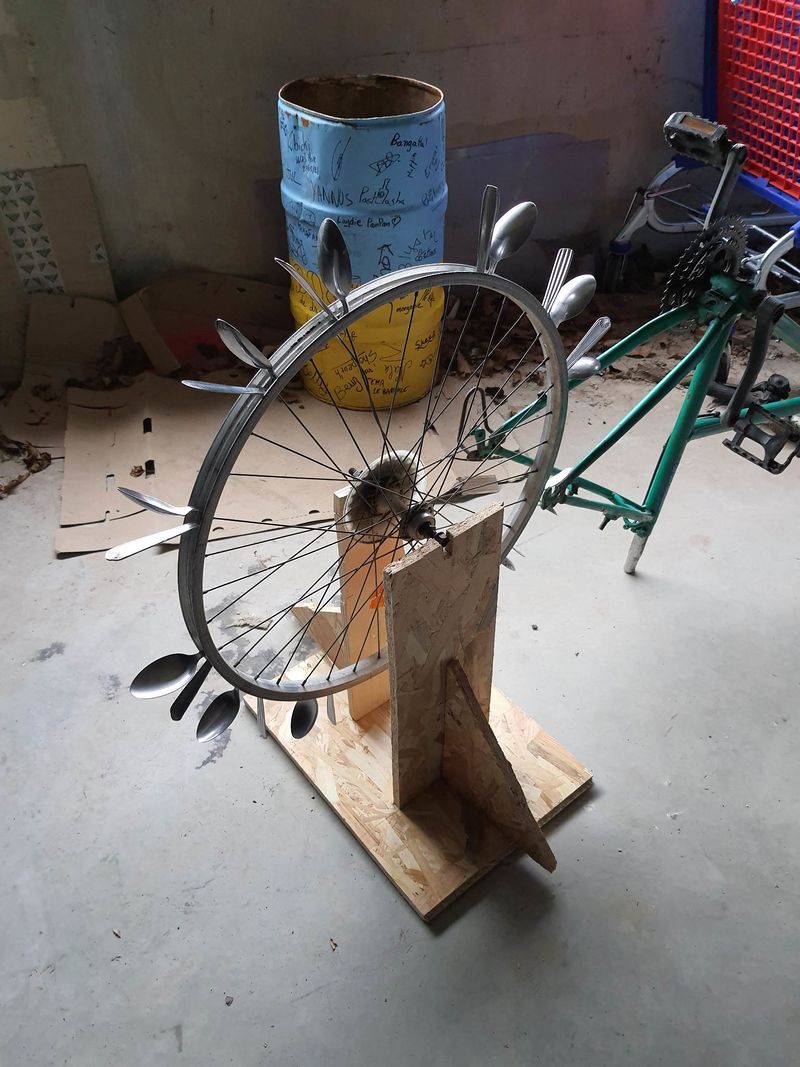
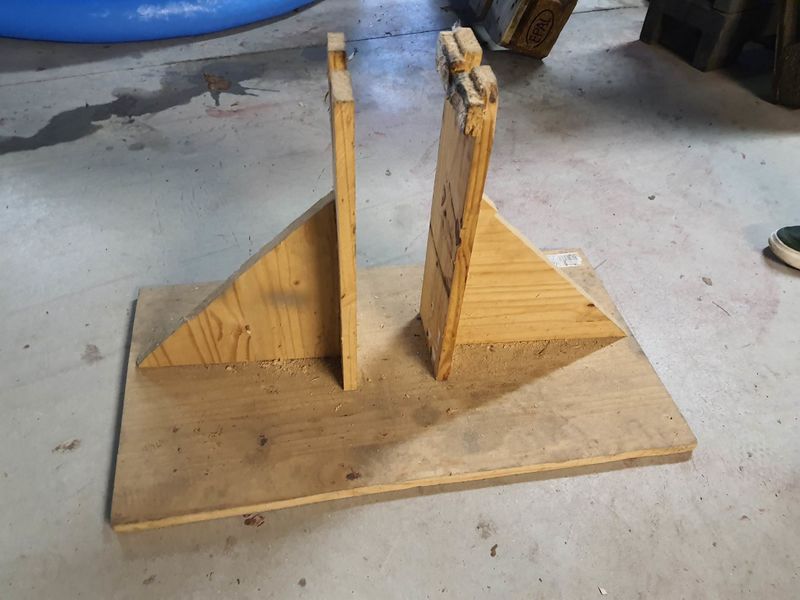
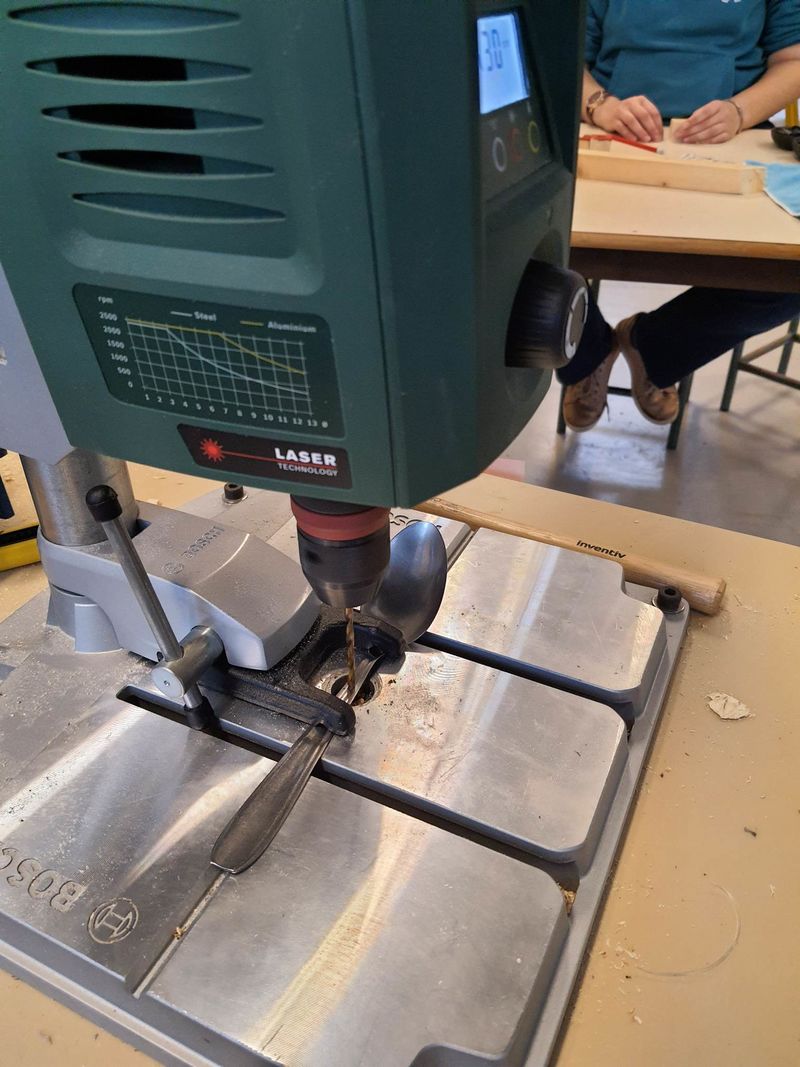
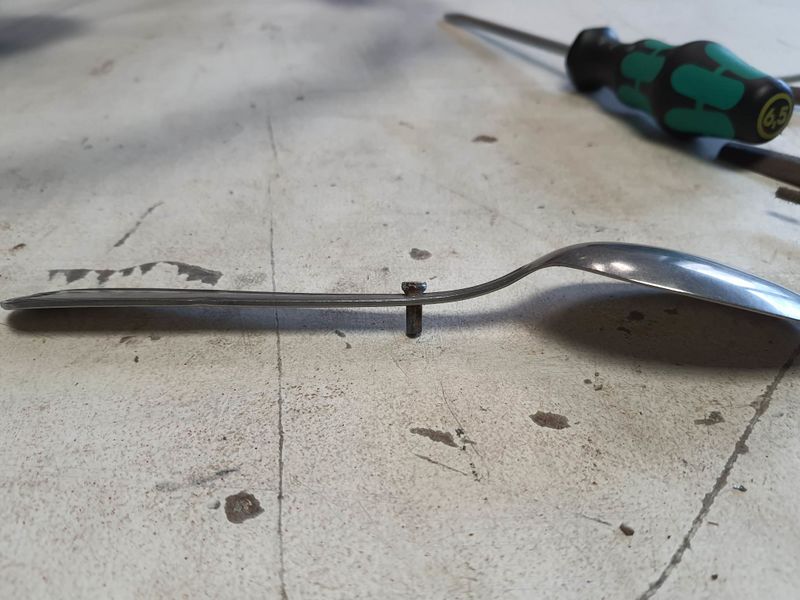
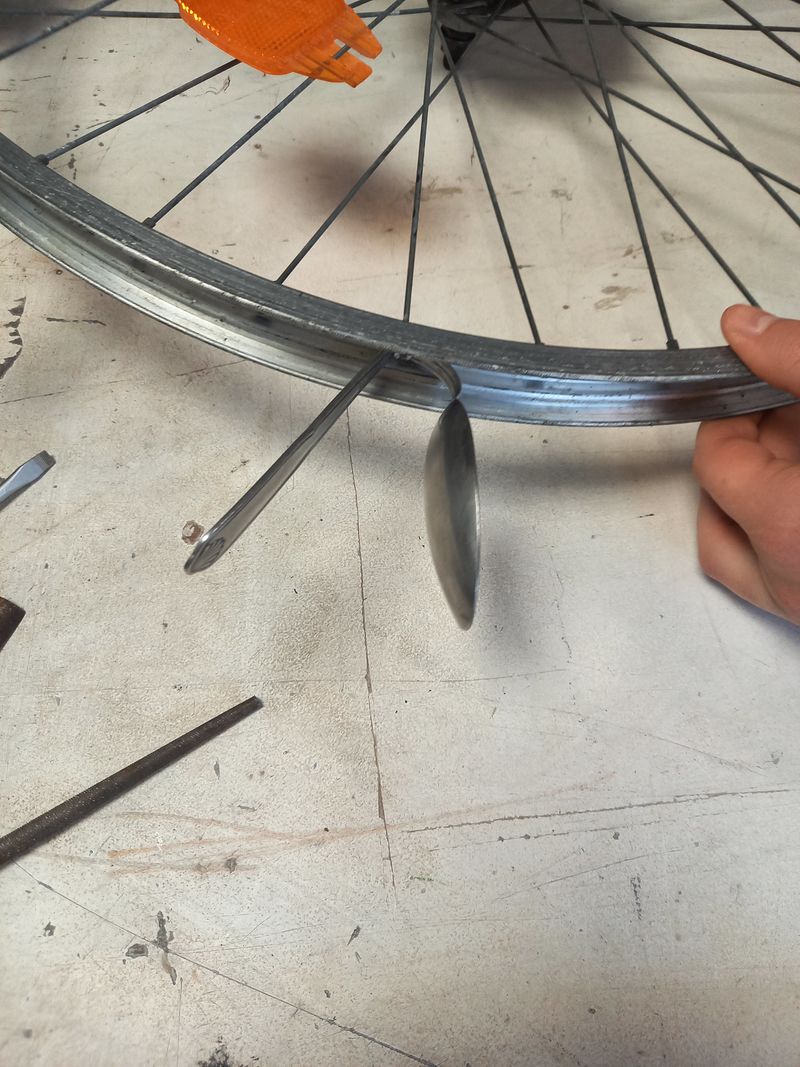
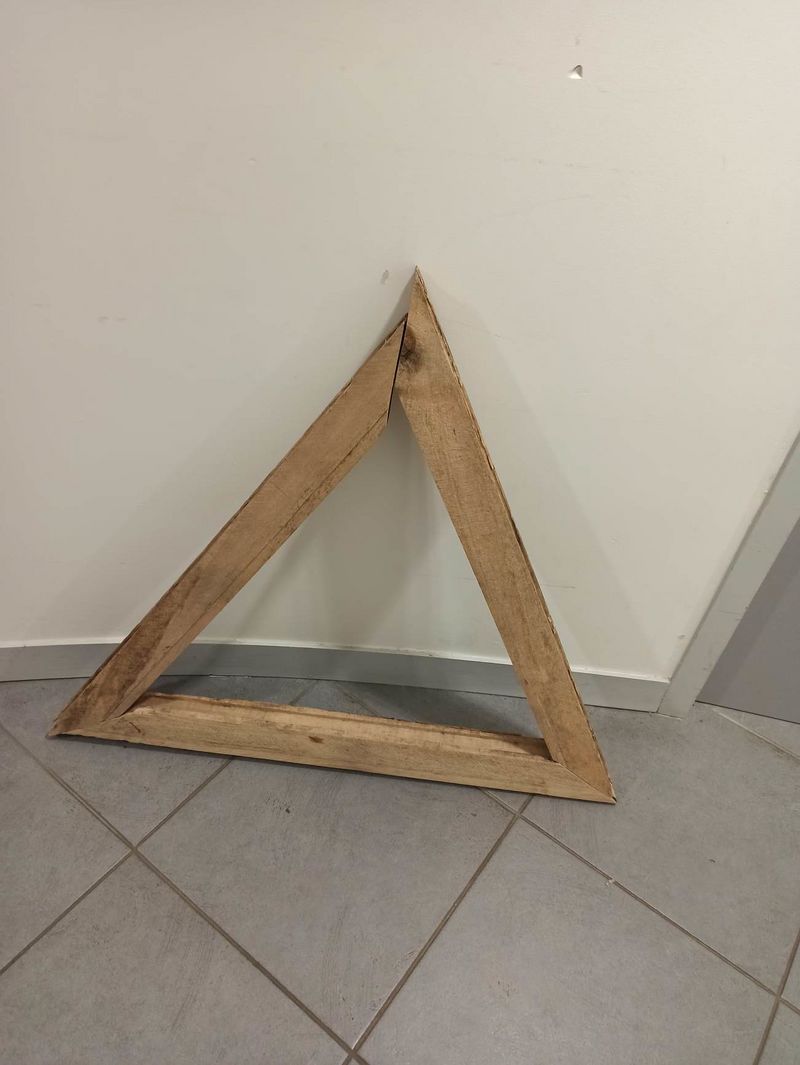
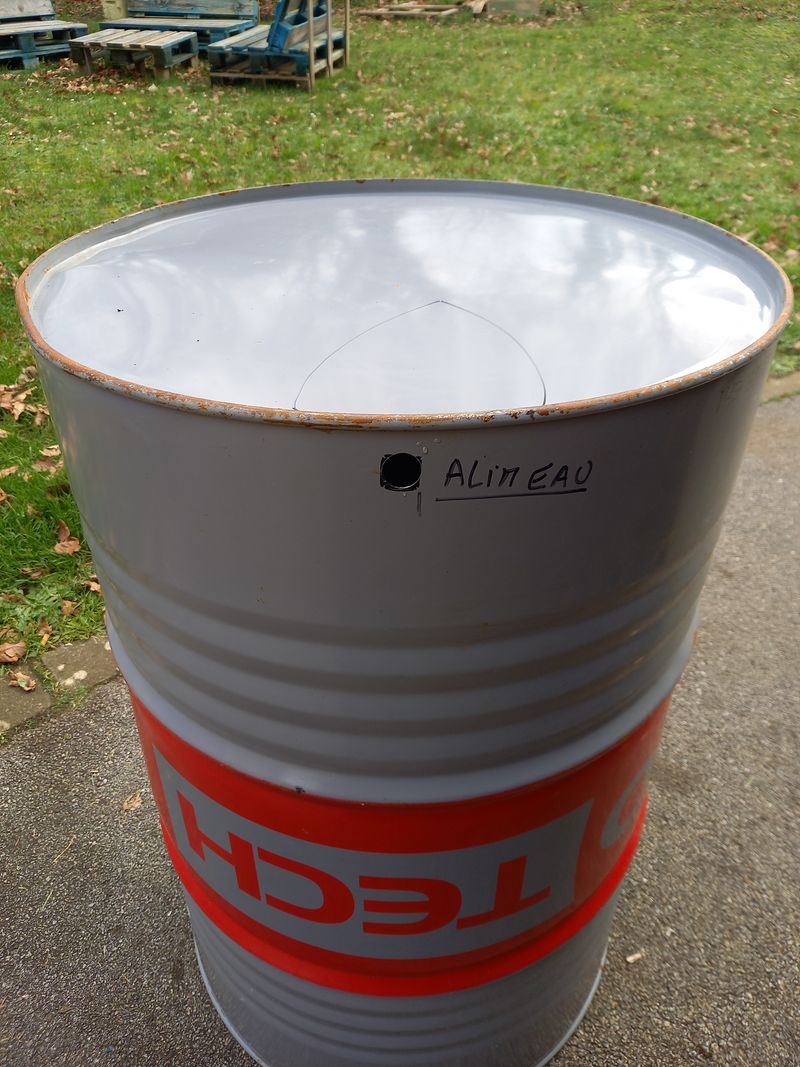
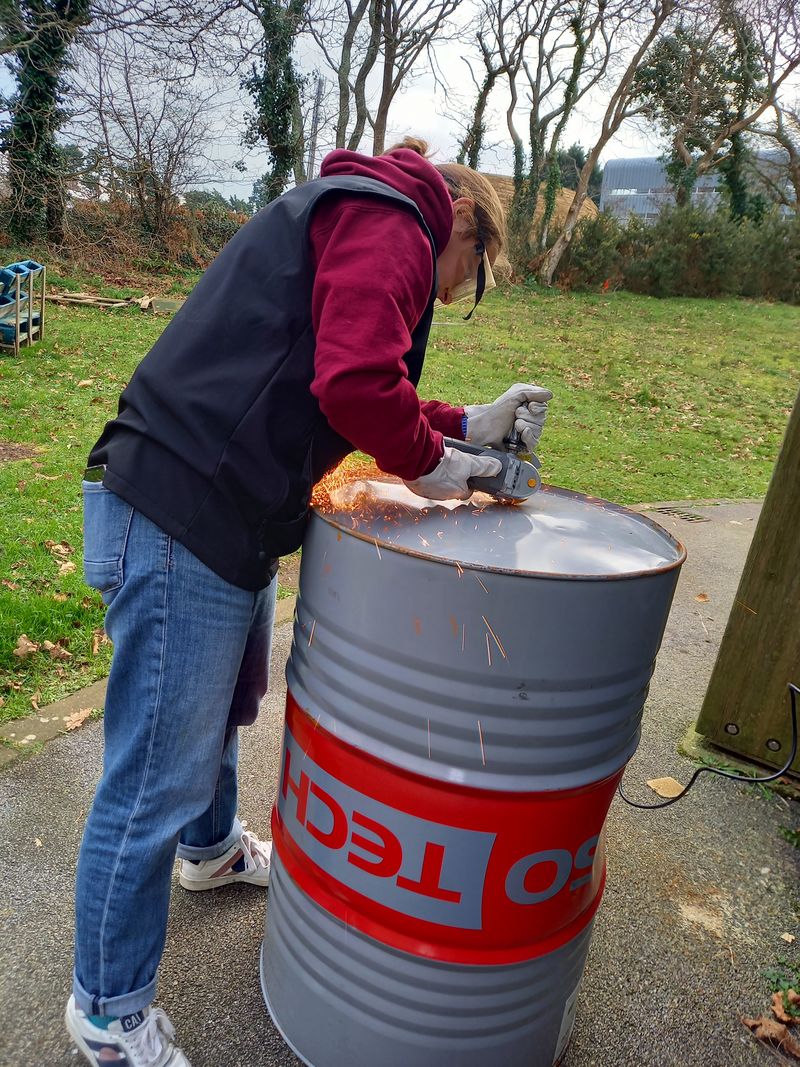
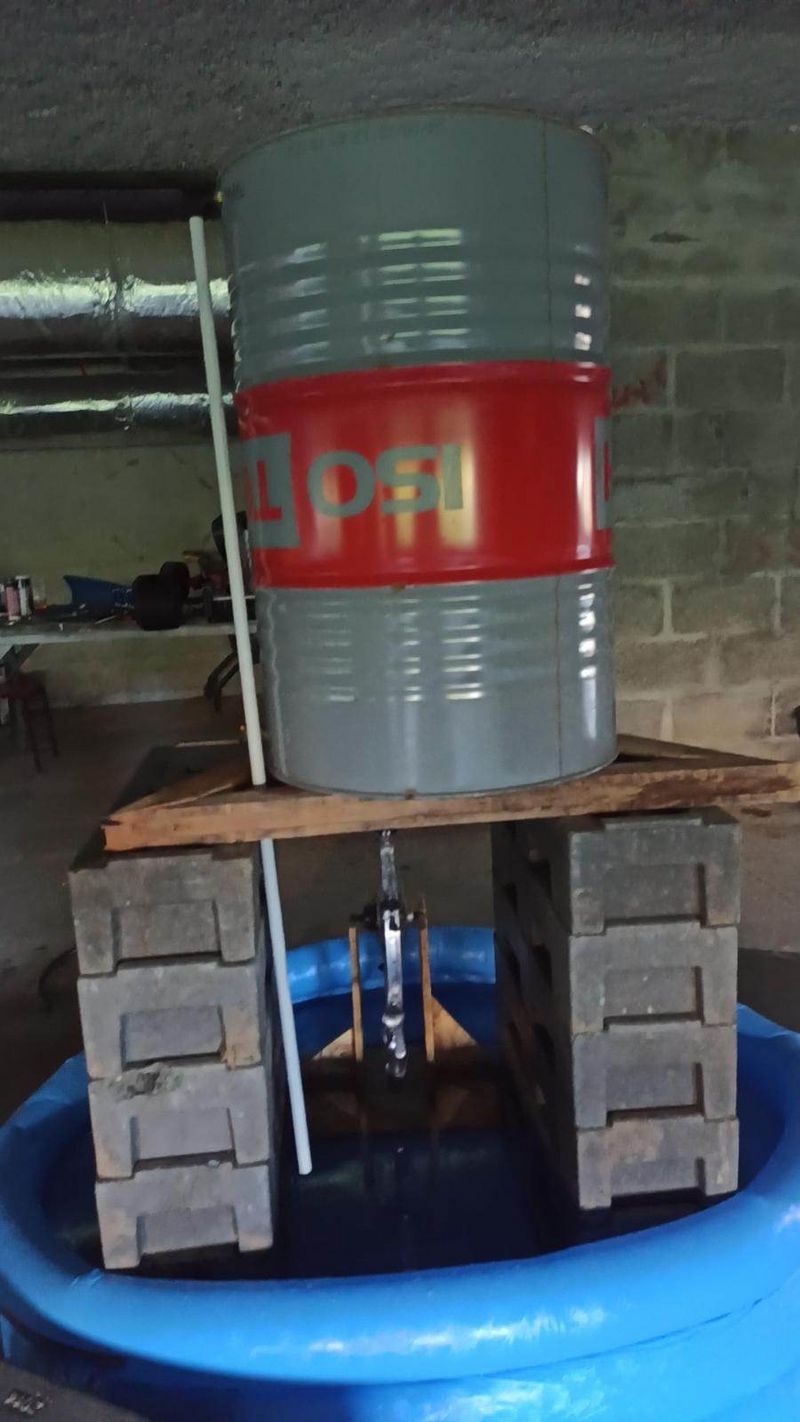
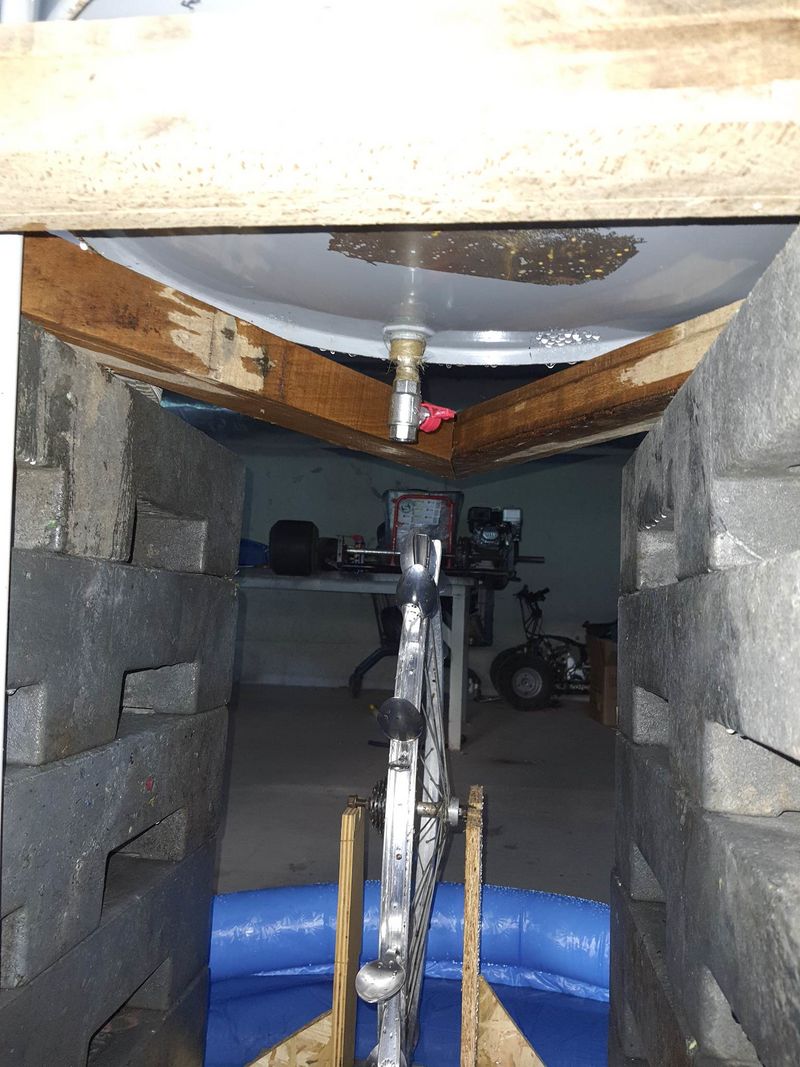
 Français
Français English
English Deutsch
Deutsch Español
Español Italiano
Italiano Português
Português